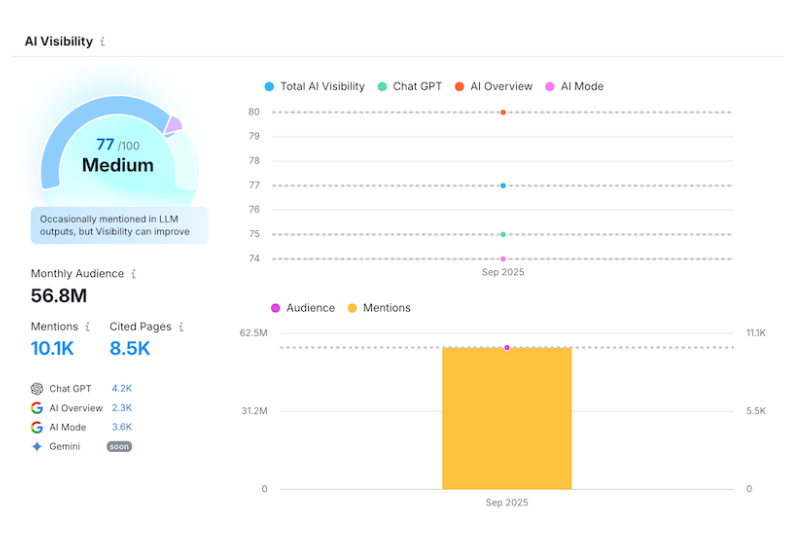Adobe Commerce, powered by Magento, helps B2B sellers compete and win online. There’s no denying that digital commerce is the future of business-to-business (B2B) sales. In the US alone, the B2B eCommerce market is on track to reach $1.8 trillion by 2023. When it does, it will make up 17 percent of all US transactions, and that percentage will keep rising as the average age of B2B buyers continues to drop.
Today, 73 percent of 20-to-35-year-old employees are helping to decide what products and services their companies will buy—and are fast moving into even stronger decision-making roles.
To succeed in this increasingly digital marketplace, you need to offer more than a cut-and-paste B2B purchasing experience. Buyers expect a feature-rich digital service environment, which is much harder and costlier to deliver if you still use Open Source version 1 (OS1).
OS1 reached its end of life on June 30, 2020, at which time security patches ended, and merchants are now solely responsible for maintaining PCI compliance. By upgrading to Adobe Commerce (Magento) you avoid this responsibility, which means you can add next-generation B2B commerce functionality quickly while spending less to maintain your platform.
Here are 10 reasons why B2B sellers should move from Open Source 1 to Adobe Commerce (Magento) ASAP.
1. Adobe Commerce (Magento) has essential B2B functionality built-in.
To succeed in this increasingly digital marketplace, you need to offer more than a cut-and-paste B2B purchasing experience. B2B commerce is more complex than B2C for multiple reasons. First, you’re typically selling to a smaller group of larger and often idiosyncratic customers rather than to thousands or millions of more predictable individual consumers. In many cases, you’ll need to offer custom pricing and product catalogs for each customer, often with different purchase agreements. Moreover, most buyers only have purchasing authority up to a certain point. Then, their requisitions must be approved by their supervisor before they can be submitted, which can result in complex workflows.
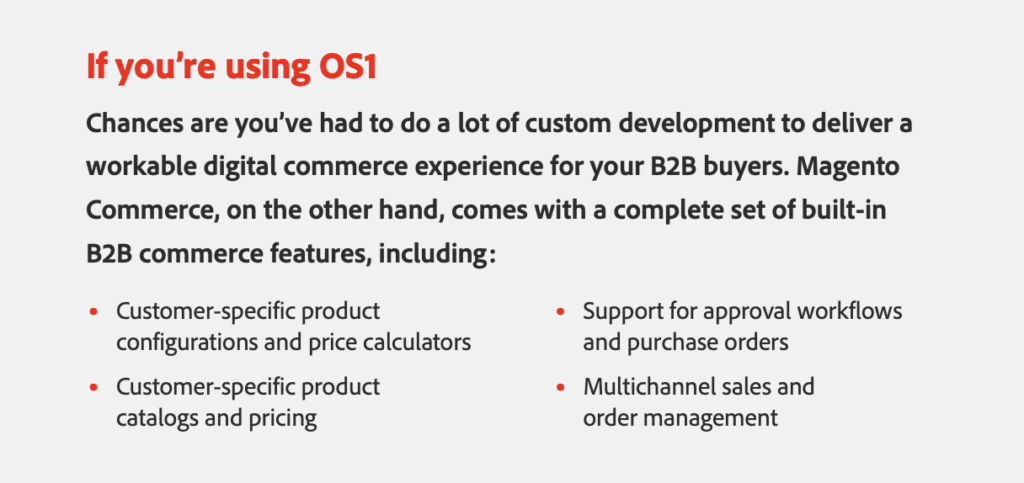
These features can help you sell to businesses without maintaining a lot of custom code. Plus, these features have all been tested and vetted in the marketplace.
2. Adobe Commerce (Magento) can support your hybrid business model.
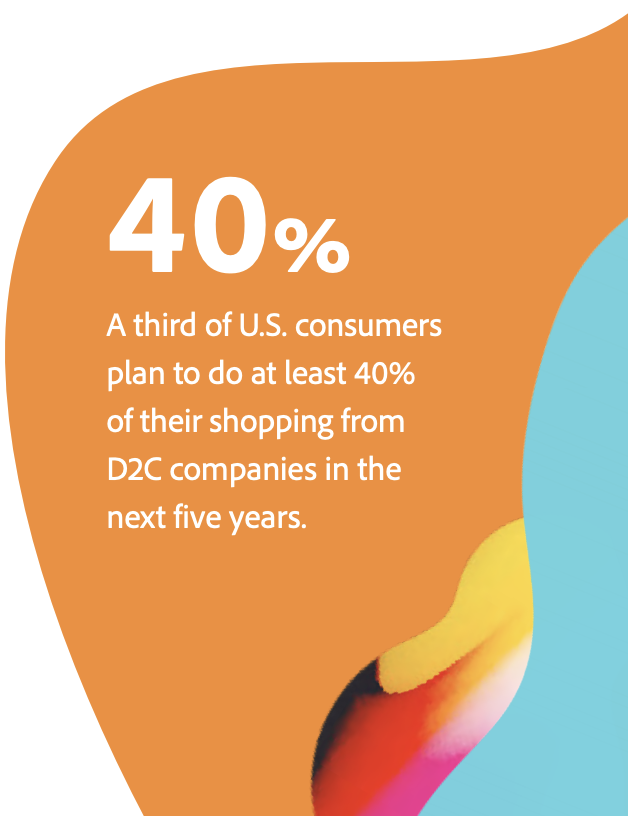
Business models are changing, which adds another layer of complexity. A growing number of B2B businesses also offer direct-to-consumer (D2C) sales. In fact, a third of U.S. consumers plan to do at least 40 percent of their shopping from D2C companies in the next five years. This kind of hybrid business model has many benefits including:
- Gain improved insights into customer product preferences and purchasing motivation
- Raise your brand’s profile within your given marketplace
- Grow additional revenue, especially around peak seasonal shopping periods
However, managing B2B and B2C online storefronts at the same time isn’t easy, especially if you don’t have a commerce platform which supports both models. Attempting to do this with OS1 would require extensive–and costly–custom development. Adobe Commerce (Magento), on the other hand, is ideal for hybrid businesses as it allows you to:
- Simplify your commerce technology stack, streamlining maintenance processes using fewer team members
- Manage multiple stores and product listings from a single admin
- Quickly and efficiently introduce new B2B and B2C products to market
- Give B2B and B2C customers alike a consistent, branded experience
- Optimize business strategies by unifying data across your commerce operations
3. Its architecture is modern and secure.
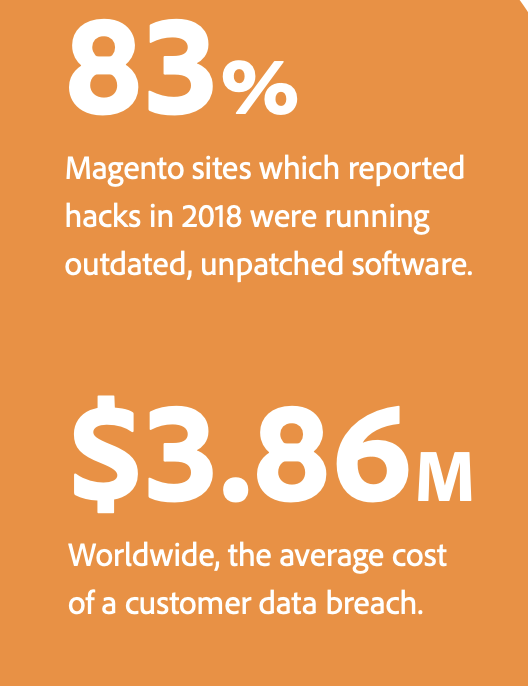
Technology is changing so rapidly, businesses must continually modernize to keep pace. What some people don’t realize is that OS1 is built on 10-year-old technology, meaning it’s more vulnerable to breaches than modernized technology solutions.
In June 2020, security patches for OS1 will end, and running OS1 without a plan for securing it could put your business at risk. Most Adobe Commerce (Magento) sites (83 percent) which reported hacks in 2018 were running outdated, unpatched software. And breaches today are more expensive than ever. Worldwide, the average cost of a customer data breach is $3.86 million.
When OS1 security patches end, you will also need to re-certify your platform is PCI compliant, so you can continue accepting credit card transactions. There’s no getting around this as many B2B buyers pay with their company cards rather than cutting checks.
Upgrading to Adobe Commerce (Magento), which is built on a modern and secure architecture, can protect your brand’s reputation and keep your site secure.
4. Adobe Commerce plays nicely with Amazon Business.
Amazon is the elephant in the room that you must address. Amazon Business grew from $1 billion to $10 billion in sales in just 3 years. In a recent survey of B2B buyers, 72 percent said they conduct research on Amazon Business, and 55 percent expect to increase their spending on Amazon next year.
Many B2B companies are adding Amazon Business as a new sales channel. However, managing Amazon sales alongside your digital commerce sales can be time consuming. You have to maintain separate sets of product content and imagery, unique pricing, etc., as well as manually integrating data from Amazon with data from your website.
The great news is that Adobe Commerce (Magento) lets you manage your commerce website and Amazon sales from a single admin with the free extension, Amazon Sales channel. Unfortunately, Amazon Sales Channel does not work with OS1. Adobe Commerce (Magento) works with Amazon Sales Channel—which lets you manage your commerce website and Amazon sales from a single admin.
5. You can build an Amazon-like B2B marketplace on Adobe Commerce.
While it’s important to play nice with Amazon, this is also a good time to be proactive and create your own marketplace. Today, 87 percent of B2B buyers regularly shop on B2B marketplaces. And, by 2023, at least 70 percent of enterprise marketplaces will serve B2B transactions.
Building a marketplace may be easier than you think, and a growing number of B2B businesses are already taking the initiative. While you need specialized software to run your marketplace, you also need a high-quality commerce platform equipped to deliver a great user experience.
The flexibility, security, and rich feature set of Adobe Commerce (Magento) makes it an excellent foundation for a dedicated digital marketplace. It also works seamlessly with a wide variety of marketplace software packages. OS1 on the other hand, does not have the required security standards and modernized features.

6. Adobe Commerce delivers high ROI.
By and large, upgrading from OS1 to Adobe Commerce (Magento) is an excellent investment. In fact, companies that switch have achieved an average ROI of 165.3 percent after just three years. This ROI derives from the following benefits:
- Conversion rates rising by 16 percent
- Site traffic increasing by 25 percent
- Mobile revenues increasing by 29 percent
- Average order value increasing by 5 percent
- Content creation costs falling by 61 percent
- Downtime dropping by 93 percent
7. Adobe Commerce works with your ERP software.
Connecting your ERP solution with your digital commerce platform can give your customers a better experience while providing you with valuable business intelligence. When your ERP software has access to online sales and customer data, it provides a more complete picture of your overall business performance.
Adobe Commerce (Magento) works with popular ERP systems like Microsoft Dynamics, NetSuite, and SAP One. And many proven, pre-built ERP connectors are available for Adobe Commerce (Magento)— unlike OS1. You may have to adjust your pre-built connector, but the required workflow is dramatically less than creating your own custom connector from scratch.
Why is an ERP connection important? When your commerce platform has access to critical information stored in your ERP system, customers can access all their brand interactions from a centralized account management portal. This is exactly what customers want, and it will reduce inbound service queries. In addition, your online store will display the latest product availability and pricing information, so customers won’t order out-of-stock products or be charged the wrong price.
8. Adobe Commerce delivers a superior mobile experience.
Digital commerce for B2B should work just as well on mobile as it does on the desktop. Overall, more than 60 percent of B2B buyers report that a mobile website played a significant role in a recent purchase. At the same time, 80 percent of B2B buyers are using mobile at work.
Adobe Commerce (Magento) offers mobile-first design and includes the next-generation PWA Studio. Progressive Web Apps (PWAs) for Adobe Commerce (Magento) represent a new approach to mobile development with some unique benefits for B2B eCommerce.
At a high level, PWAs provide a flexible, responsive web design with an app-like interface. They also deliver a rich app-like experience that can access push notifications and other mobile phone features in a web browser.
Naturally, this has many B2B commerce applications. For example, customers can scan a bar code with their phone to reorder a product. Additionally, they can get push notifications of current order status, limited-time discounts, or reminders to reorder specific products.
9. Adobe Commerce works with a wide array of extensions.
If you’re running a B2B business on OS1, you may have 50 or more extensions in play. When OS1 reaches end of life, software developers and agencies may phase out maintenance and support for many of those extensions. But that’s not all: remember, any extensions in the Magento Marketplace that are compatible only with unsupported versions of Magento Open Source will be removed.
When you upgrade to Adobe Commerce (Magento), its built-in B2B features often mean you can discontinue many of your current extensions. Plus, because many more extensions are available for Adobe Commerce (Magento) than for OS1, you can often buy an extension instead of scoping and commissioning a custom development project.
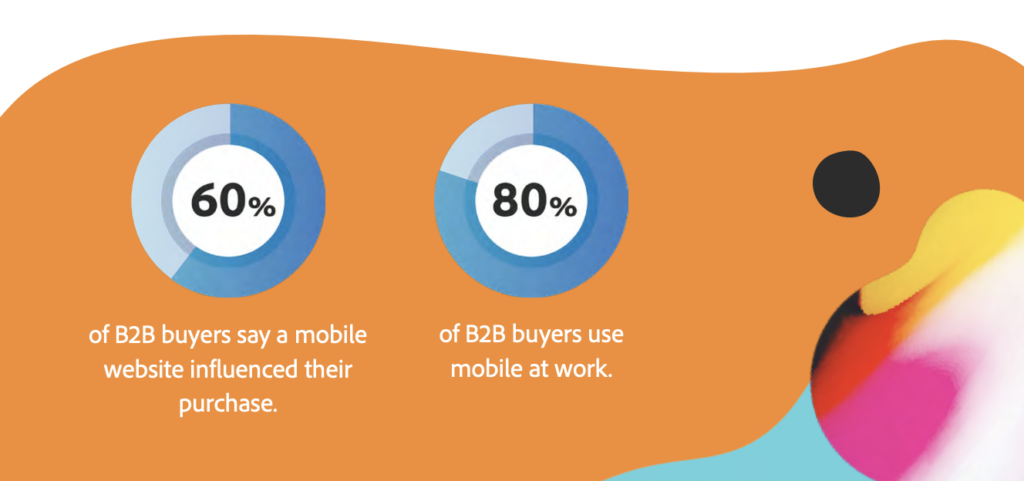
Numbers speak volumes. According to a survey of merchants who upgraded to Adobe Commerce (Magento), it costs $481 on average to purchase, install, and configure a typical Adobe Commerce (Magento) 2 extension compared to $13,273 to build and maintain a custom module. This equates to a 96 percent savings when you replace a custom OS1 module with a Magento Commerce extension.
10. Adobe Commerce can scale.
Scalability is top of mind for many businesses today. If you’re running OS1, you’re managing and maintaining your own infrastructure and related resources, which can be both complex and costly. In addition to maintaining, securing, and monitoring servers, network infrastructure, and more, you likely work with multiple vendors and keep track of numerous support contracts and warranties. By upgrading to Adobe Commerce (Magento), you can take advantage of its many cloud-based benefits, such as:
Performance guarantees
You get aggressive performance SLAs that may be better than what you can offer internally.
Capacity on demand
Easily ramp up or down based on your needs without investing in new on-premises hardware.
Results-based pricing
You pay not by server cores but by gross merchandise volume (GMV)—how much you sell on the platform—which mitigates your risk of paying for capacity you don’t actually use.



